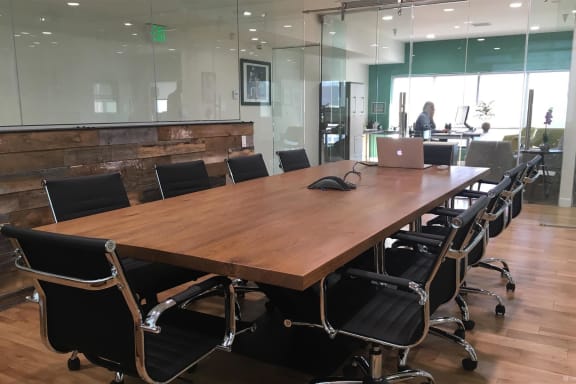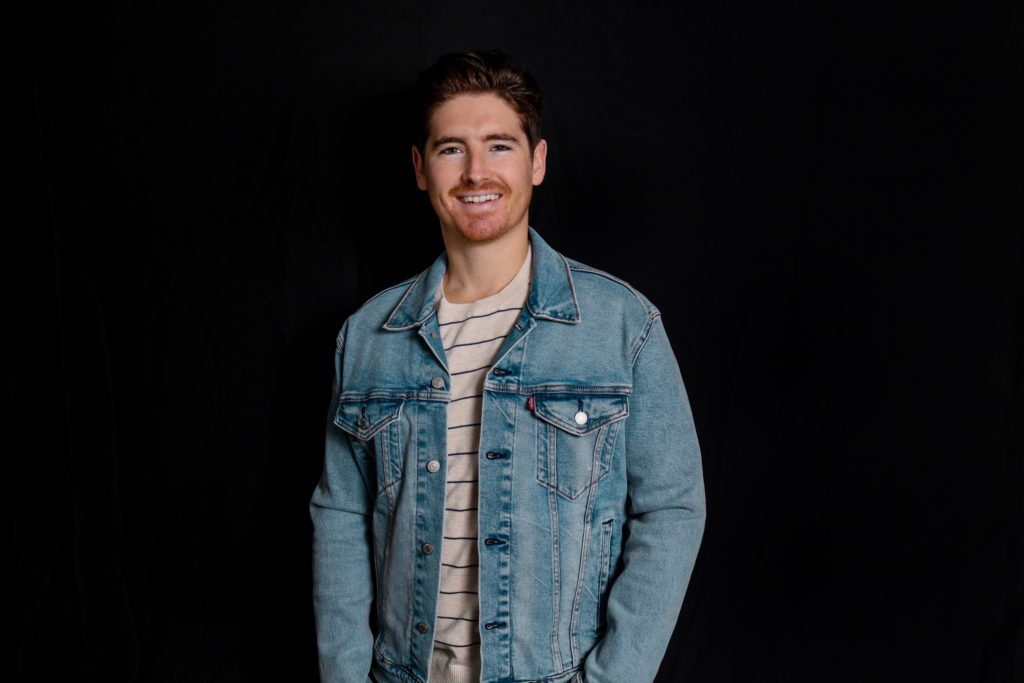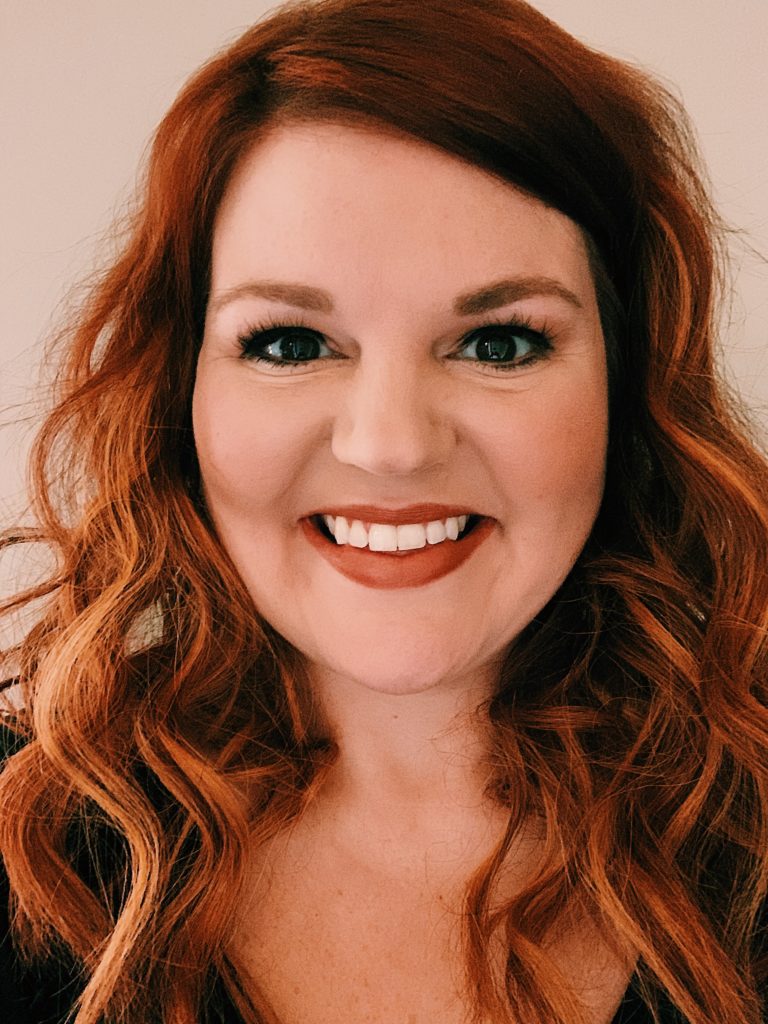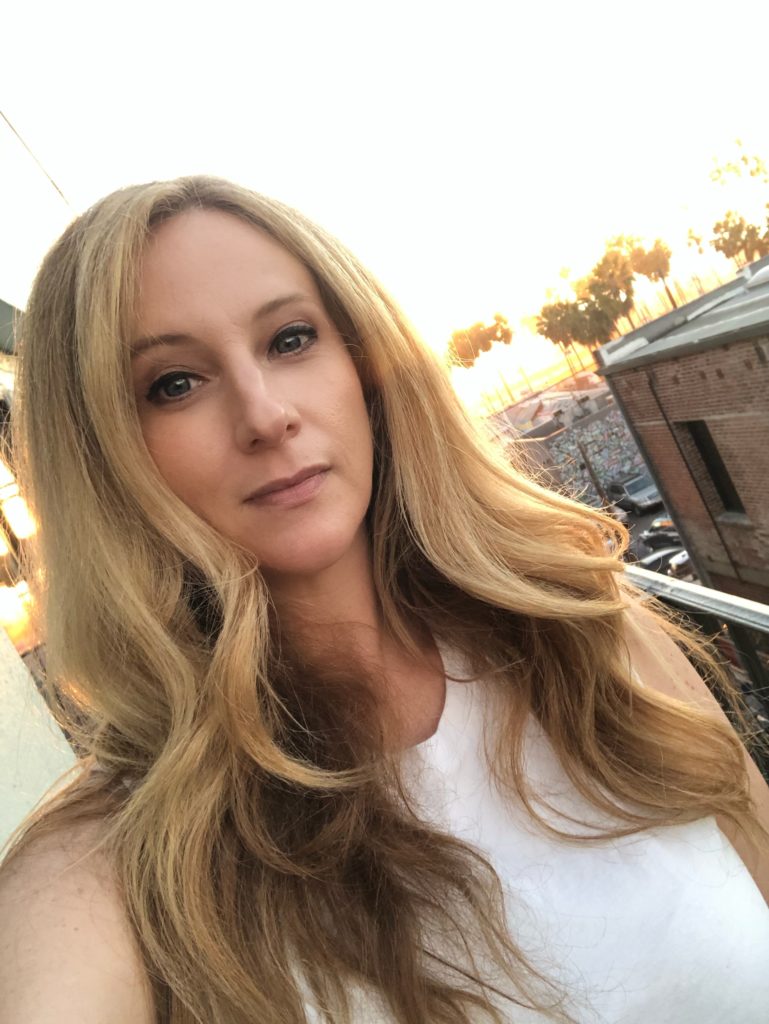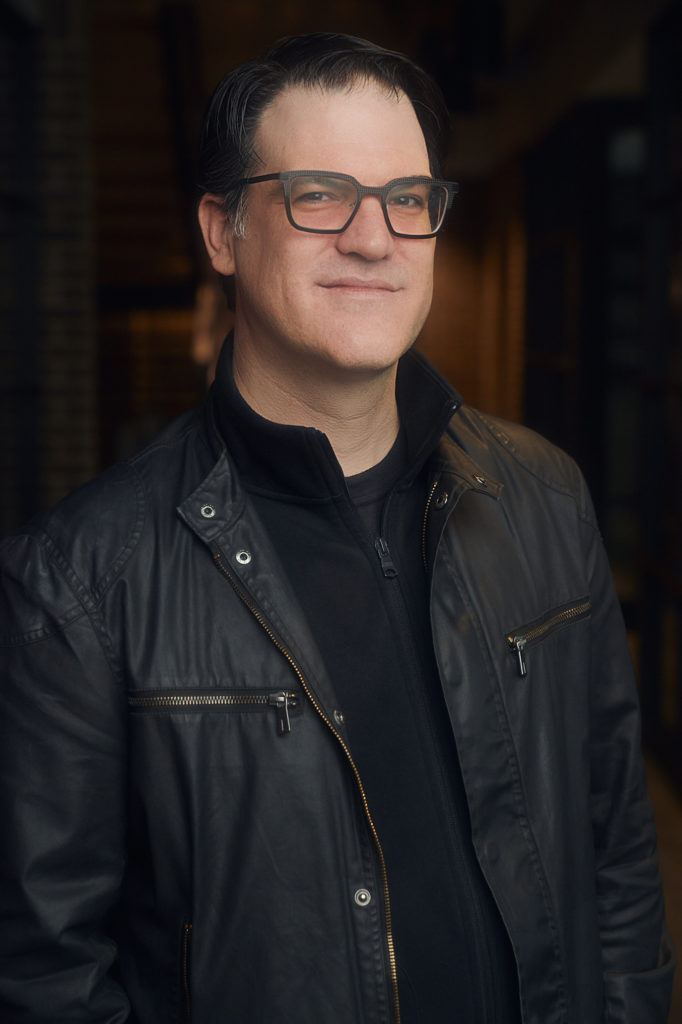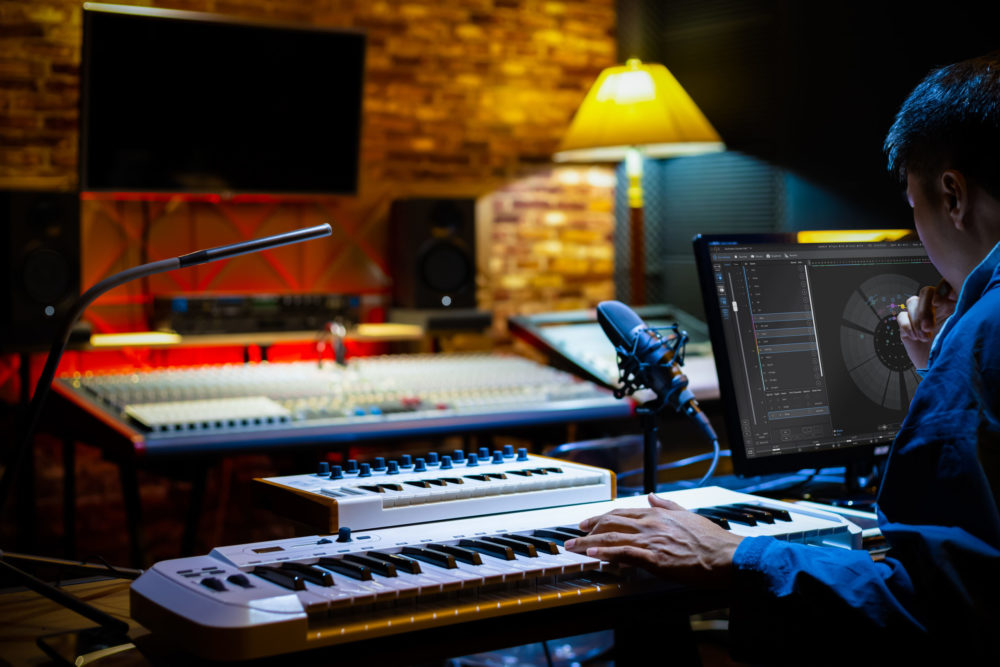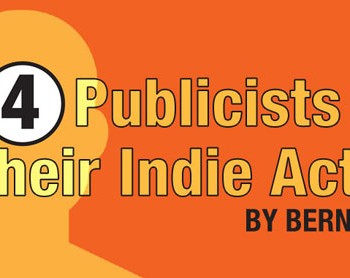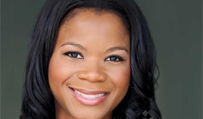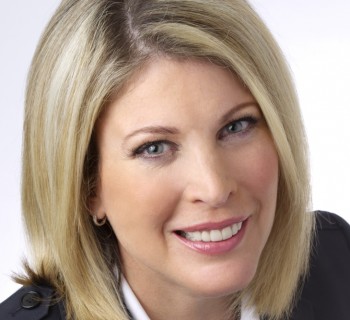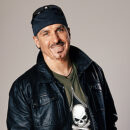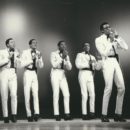The music industry is ever-changing and rapidly evolving. Quite often, artists seek professional help in promoting their latest career move. To gain insights into how exactly the new breed of public relations specialists are working on behalf of their artist-clients, we spoke with several leading music publicists—Mike Gowen (CEO/Founder of Milestone Publicity), Alexandra Greenberg (CEO/Founder of Falcon Publicity), Jay Jones (Senior Vice President of Publicity, BBR Music Group), and Susan Hamilton (Director of Communications, Sideways, Inc.)—to discuss the new era of public relations. Read on to get an insider’s perspective on what has changed and what remains the same in their sector of the industry.
THE PANDEMIC
Music Connection: What have been some major shifts you’ve experienced since the onset of the pandemic in terms of the media and your clients? What measures have you taken to course correct and navigate changes/hurdles?
Jay Jones: “Beyond the zoom hangs and coming up with the highest quality live engagements through the virtual radio/media tours that BMG and BBR Music Group have been so great at building out, it’s more important than ever to focus on the language you are using so you are presenting the artist with who they truly are. Since there is less opportunity to get media in the room, there is more return right now than in recent history if you dig deeper and spend the time in creating the tools, narrative, and language to pitch new artists and align it with what separates that artist from the glut of pitches. We’re now learning how to do everything you can to have a partner see what you see in your artist in 10 seconds or less.”
Mike Gowen: “I quickly realized that people—in our case journalists, editors, bookers, segment producers, etc.—were turning the majority of their concerns inward. For a large chunk of 2020, you got the sense that their priorities were geared toward family, health and dealing with a new way of living day-to-day. A pandemic becomes a major distraction and disruptor to everyday life. So, with that, I found that we needed to make the possibilities of an editor or journalist to say ‘yes’ an easier task. An example of that would be orchestrating a cross interview between two artists and making the topic a meaningful one, such as mental health on artists as a result of the current pandemic…no live shows, drastically reduced income and so on. I felt that I had artists ready to discuss these deep topics and I knew that other artists could relate to these topics, so it made it easier for an editor to say “yes” when we pitched this fully completed piece. The major key is finding a connection to the current release or project you’re working on and, as luck would have it, one of my clients had a single pegged to mental health on the album we were running a campaign on.”
Alexandra Greenberg: “One of the greatest shifts we’ve experienced since the pandemic struck wasn’t so much what changed, but the speed it changed. Overnight, venues shut their doors, writers and editors lost their jobs due to budget cuts and papers and other outlets either went fully digital or closed down completely. Keeping up with everything was a job in itself. I told clients be prepared that what the media landscape looks like now may not be the same in a few weeks or months and we will do our best to utilize our skill and experience to get their story out there in the best way possible.”
Susan Hamilton: “A lot of my clients are emerging artists and coverage for them became even more difficult to come by, so the ability to pivot creatively became crucial. I began to seek out and pitch for more social media-centric coverage; Facebook Live interviews and performances, Instagram takeovers, opportunities for my clients to submit guest contributions/essays or other personalized content, finding ways to get my clients’ music included in newsletters, and figuring out how to get my clients featured on as many podcasts as I could find. People are always scrolling through social media for the latest news, and everyone I know, myself included, listens to podcasts when they’re driving, working out, or generally on-the-go, and a whole crop of new ones have sprung up that are putting a unique spin on the traditional artist interview format. Social media, podcasts, and other non-traditional digital formats have been a fantastic way to reach a wide cross-section of music lovers and potential fans for my clients.”
THE EXPANDING ROLE OF A PUBLICIST
MC: The role of a public relations professional is ever-expanding. What moves the needle most for your artists/clients that may not have been the case 2-3 years ago?
Jones: “With the proliferation of platforms from social media to established big media brands and names, it’s moved beyond just finding the narrative and what stories are we telling. It’s a broader ‘where does this piece of the story fit platform-wise and what is the language of that platform?’ If you have a consistent narrative and you have a full team that understands that narrative, they then can understand how to find the ‘language’ for their world. Then you may find that an artist who might never have imagined themselves on a platform like TikTok can find a way to communicate on that platform in a way that helps drive the overall understanding of who they are to the fans. That creates music discovery on the streaming front, but also opens them up to journalists and editors who spend time on that platform and, in turn, show more interest on an editorial front.
“Blanco Brown is a huge example of an artist with a purpose, message, and song that blew up on TikTok. You also have an artist like Chase Rice who you might not think TikTok will help, but created a viral moment in the way he reacted to Kierra Lewis’ take on his song ‘Ride,’ which became a media story and within 24 hours he increased his followers by over 1300%. The core narrative helps create those initial platform moments, and then you bring those moments back to the more traditional media to help build the conversation there.”
Greenberg: “People don’t realize this, but our role has always been beyond getting a feature or review in a publication. We deal with all facets of the industry. We read a lot so we know about trends and media interests. Our job extends into these areas because the teams look to us to contribute ideas that would become interesting press stories.”
Hamilton: “I have to say, again, using the reach of social media has been such a great way to reach listeners and potential fans for my clients. What’s more ‘public relations’ than actually reaching the public with clients’ stories to help folks connect even more closely to the music? You can more easily accomplish that with social media––think about stars like Beyoncé or Taylor Swift who can put out an album by telling their millions of Instagram followers they’ve got new music for them. It’s hard to come up with a better way to connect directly with the folks who are going to download albums and––hopefully sometime soon––go to concerts.
“I’m not discounting the art and beauty of long-form journalism at all, it’s just that when you’re working with emerging bands, it’s hard to compete for that kind of coverage, so you have to be realistic and find alternatives to get their music and message out to the public. Another thing that seems to move the needle for me is pitching user-curated playlists, and not just on Spotify.”
Gowen: “Meaningful content that highlights the personality or various non-music passions of our clients seem to move the needle at a greater degree than ever before, especially for our clients who have a younger audience. I think fans are hungry for substance rather than anything leaning superficial. The long-form podcasts are excellent for this and especially when it’s on a topic our client can speak in depth on. Again, this does depend on the specific artist’s demo…maybe their fan base still leans toward very traditional media, like print magazines or national TV segments, as their biggest mediums of influence. It can vary artist-by-artist for that particular reason. What is important for one client’s campaign might not be the same for another.
“Publicists need to have a strong understanding of their client’s audience. I say ‘We need to know our client’s audience better than they do.’ We need to know where their audience demographic gets news or discovers new artists, which social media platforms they are on, etc. Assisting in arranging brand partnerships and being overall relationship creators; connecting our artists and/or their teams with others in the industry, or even with other artists, is an area growing in my world.”
PITCHING THE STORY
MC: We’re seeing the growth of long-form podcast interviews and decline of plug-and-play premiere features. How important is it for your clients/artists to have a story to leverage as you’re seeking earned media coverage in 2021 compared to how it was, in say, 2015?
Greenberg: “Story is, was and will always be of most importance.”
Gowen: “When you’re working with an icon or household name, it’s not always extremely important to have a well-presented story attached to the latest release and publicity campaign. The fact is, with that level of artist, a lot of media outlets know that if they feature someone like Kiefer Sutherland or John Dolmayan of System of a Down—in my roster’s case—there are layers of stories already built in that a journalist can unpack with their own creative vision for the piece during an interview. Also, established acts that have been around the block once or twice are well-groomed in media training and can navigate interviews. They’ll willingly offer up a colorful story and tie it to their current project; they are well versed in their talking points.
“Now with my clients that are emerging artists or semi-established, the story is a crucial element to a campaign and a direct connection to the level of results that come in. The more angles we can run with, the better. Right now, we have an artist who has a well-known business curating specialty tonic drinks, so that allows us to explore opportunities in the health and wellness areas of the media. At the end of the day, music lovers want to connect with artists on a personal level beyond just the music they create and it’s our job to sell these stories to the media so fans or potential fans can connect on a deeper, relatable level.”
Hamilton: “Premieres are definitely falling out of fashion. On one hand, that’s a relief because pitching to secure them is extremely time-consuming. But, it can be tough to get coverage without the enticement of an exclusive, especially for the emerging artists on my roster. That’s why having a refined narrative is imperative. I think the first thing I ask a potential client is ‘what’s your story?’ It’s so important to have a ‘why’––why is music [the thing] you’ve chosen for your life’s work, and how does your personal narrative weave itself into the art you create? We are relational, we want to know we aren’t alone in the world, and when we’re able to identify with or understand the story behind a song or an album, that deepens the connection we have with that artist’s work. It also makes us more likely to follow that artist along his or her career. My goal is to build a foundation like that for my clients, not only with the media but with the listeners themselves.”
Jones: “What is important, generally speaking, about podcasts is the connection. If someone is going to devote 30-plus minutes of uninterrupted headspace to a podcast, it’s a connection to the host or a general topic that they formed. There are some general-topic podcasts and celebrity-driven podcasts that are fun and great to do under most any circumstance, but when you can find that right combo. Where there is a story and connection between the host and artist/client, it is going to translate to a connection in the audience that can be stronger than 100 other impressions. You are going to create a fan for life, and again you might create a story bigger than the podcast.”
ROLE OF PRESS RELEASES
MC: In 2021, what is the deciding factor to go wide with a press release as opposed to a finely chiseled, personalized and targeted outlet list? Are you being more selective on when a press release should be sent?
Greenberg: “An experienced and seasoned publicist should be able to decipher if a press release is needed or if a particular story or event by an artist needs a targeted pitch. A press release is an informational tool and should be available so media have clear information.”
Hamilton: “I do both. I reach out to and follow up with a curated group of folks when I have a single out or news to share. I think when a song or an album comes out, a press release is a great tool in case there’s a writer out there who might like the music that I haven’t pitched yet. I target my press releases for genre/style, particular interests, regions, etc., and keep them all in a linked file that I send in my pitches for writers to reference. I definitely don’t want to clog up inboxes with a million of them, but in my personal practice, they still play an important part in the process.”
Jones: “The bar has always, and I think will always continue to be ‘is this news?’ In 2020, however, you 100% had to up the factor to account for partner exhaustion. There are always going to be press releases, particularly on the label side, that we are obligated to put out. We have to let the media and partners know that albums, singles, and videos are out and available. That is our job. Beyond that is knowing which of those releases need a follow-up note or call or personal touch.
“If you are blessed to have an artist like Granger Smith who has huge social platforms that have been built and developed over time, there are many things that are best served to put out to his massive core on his platforms and then point the media back to those channels. I think we find ourselves in 2021 taking things that might have been hard pitches in past years and singling out folks who we truly feel are the right fit and sending them as an FYI––‘I wanted you to see this because I think you will really like it, but know there is not a hard ask here,’––because at the end of the day, the media are our partners and 2020 exhausted their bandwidth.”
Gowen: “My responsibility to clients as their publicist has a lot to do with the education process of informing the media on what my clients have going on. It’s extremely important to me that it’s done in a digestible and effective way with the media. Press releases remain a constant for 100% of our campaigns as they are information-heavy on the project at hand in contrast to the targeted, personalized outreaches or followups with the media that we do.
“An example of where you must do your due diligence as an educator to the media on behalf of your client is a recent event we ran a campaign on called ‘For The Crew.’ We issued out a press release early in the morning announcing the event and then a couple of hours later we conducted personalized follow-ups with editors and staff writers at key media outlets for consideration to share news items about the event. After yet another follow-up on those personalized pitches, we got Rolling Stone to run an article on the event. So, it took a press release and two followups in that case for that particular outlet to share the news.”
CREATIVE CONTACT
MC: Relationships with writers, editors and bookers are a publicist’s currency. Inboxes have been flooded for years, calls go straight to voicemails and in a pandemic there are not many coffee/lunch/dinner/event scenarios. So how do you cut through the noise and get your pitch in front of someone? Are you taking any outside-the-box approaches (texting, Direct Messages on social media)?
Greenberg: “This has been the publicist dilemma since the beginning of time. Pandemic or not. I’m still working the email, phone call, texting, WhatsApp, DM…haven’t done an old fashioned hand written letter in a while. That’s a nice one.”
Hamilton: “This is what keeps me up at night! In what I’m now referring to as ‘the before times,’ I traveled to hubs like New York and Los Angeles several times a year to connect with writers and build relationships. And, here in Nashville, we’re a friendly and social bunch, so I’ve spent a whole lot of time in coffee shops meeting with folks, even just parking myself and my laptop there to work, be around others’ energy, and catch up with industry friends who just happen by. I think I went from March to October without meeting anyone in person last year, and for an extrovert like me, that was brutal! I’m hesitant to hit journalists up on social media unless it’s someone I’ve worked with a lot and I know that person doesn’t mind, and even that’s rare. I’ve done my best to forge new connections and maintain my relationships via email and the occasional Zoom happy hour. I’ve also tried really hard to keep checking up on folks, asking them about their lives, trading pictures of our kiddos and dogs, things like that. We have to remember that there is an actual human being on the other end of every email we send. Thoughtfulness definitely goes a long way.”
Jones: “In the event of a tie, the tie always goes to the relationship, right? The only thing that has changed is how you nurture those relationships. A huge part of that right now is just paying attention and reading the virtual room. If you worked on a piece with a writer last month and they could only do the interview the first part of the week because they were furloughed on Thursday and Fridays, then don’t pitch them on Thursday and Friday right now. Make sure everyone has the info they need, but be really thoughtful in your asks. Be sincere, check on them when you don’t need a damn thing from them just because you actually care. Over-deliver and find opportunities for an artist to do something for them that you might have passed on pre-Covid. Find ways to transfer your personal connection with the writers, editors, and bookers to a personal connection with the artist. If you look at artists like Jimmie Allen and Lindsay Ell and the huge looks they get in the media, that is a reflection of them and their ability to connect beyond the pitch. Ultimately, that is what we are trying to do as publicists is to create that connection.”
Gowen: “Something I aim to always remain aware of is that the media does not owe me anything and they do not owe my clients anything. I never want to come across as an annoyance to them. Every exchange I have with a journalist, booker or editor is an opportunity to deepen an existing relationship that may have been established weeks––or years––ago or make a positive impression if it’s a newly established relationship. So, I try to make their job as easy as possible to cover our clients. I’ve tried to make it a point over the past 11 years working in the music industry to be a relationship keeper and nurturer. So, in the event I need to text someone to follow up on a pitch, which is rare for me, they likely won’t take offense considering the history. I try never to pitch a fresh relationship in any other medium than phone or email––unless I know they prefer to be contacted via messenger or text. I still find the phone and email methods to be professional and less intrusive than other methods.
“Certain campaigns allow us to send really creative physical packages and personalize them to an extent. When budget allows, those types of physical pitches can go a long way. I read somewhere recently that the artist Shy Carter, during this pandemic, was going around Nashville in a truck with a PA system and a guitarist doing at-home artist performances for media players to promote his forthcoming album release…obviously with prior consent before showing up! Such an amazing, fun, outside-the-box idea to connect with music journalists in such a restrictive time.”
Contacts For This Article
Mike Gowen: mgowen@MilestonePublicity.com
Jay Jones: jay@bbrmusicgroup.com
Alexandra Greenberg: agreenberg@falconpublicity.com
Susan Hamilton: susan@sideways-media.com

